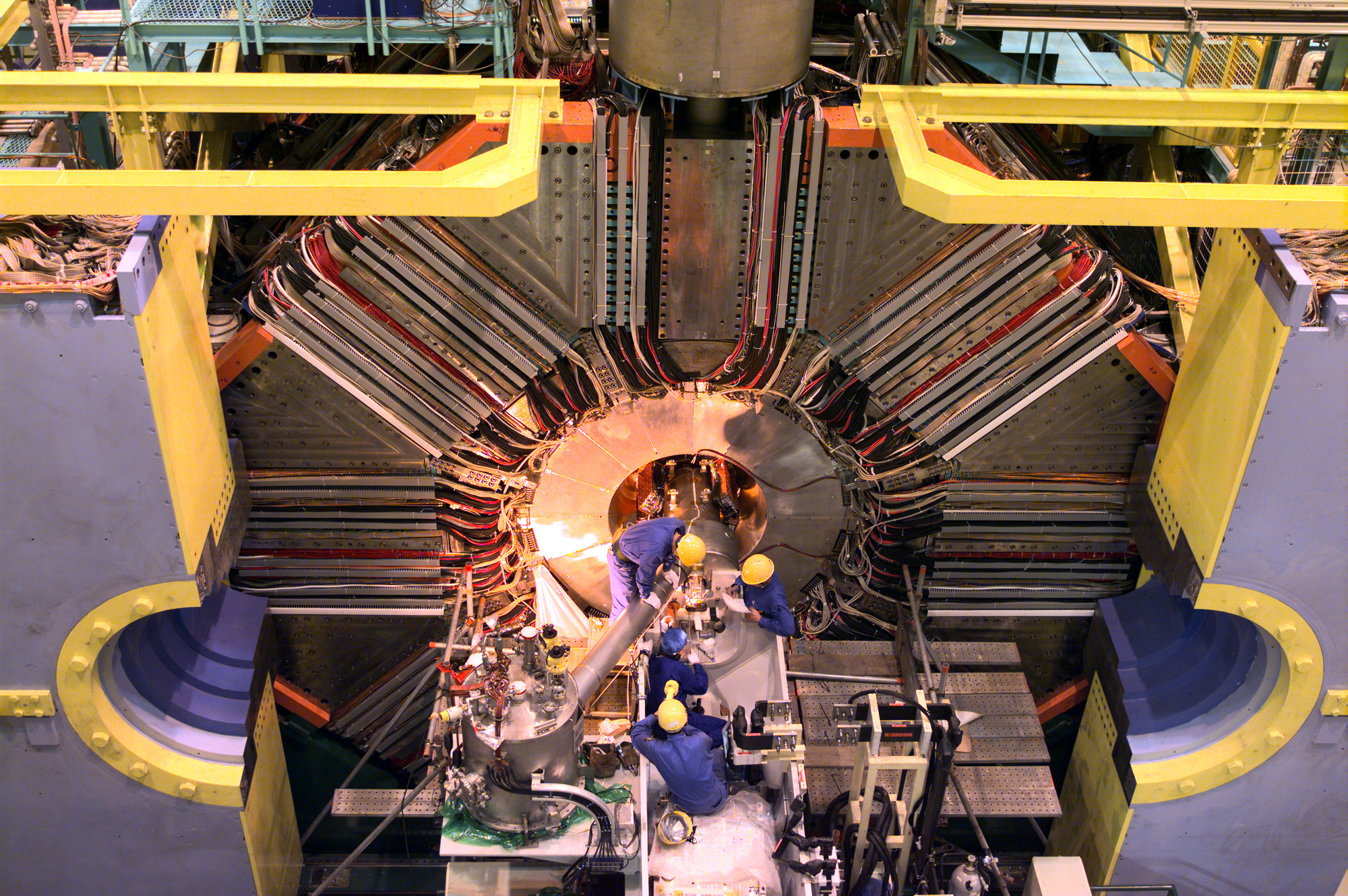Belle is an international experiment at the Japanese laboratory for particle physics KEK, which operated from 1999 to 2010 and recorded about 771 million electron positron collisions leading to the production of a B meson pair. These particles and their decays provide deep insights into the physics of the microcosm. In particular, Belle's results on CP violation layed the experimental ground for the 2008 Nobelprize in physics to Makoto Kobayashi and Toshihide Maskawa. Since 2010 the experiment is being upgraded into the Belle II detector, which will collect physics data from early 2019 and dig even deeper into the mysteries of the universe.
Staff Members
Belle

Christoph Schwanda
Deputy directorGroup Leader Belle+43 (1) 51581 - 2802

Gianluca Inguglia
Junior Group Leader+43 (1) 51581 - 2828

Abdul Basith Kaliyar
Post Doc+43 (1) 51581 - 2827

Manca Mrvar
Post Doc

Petar Kevin Rados
Post Doc+43 (1) 51581 - 2830

Lukas Linauer
Diploma student

Nadiia Maslova
Diploma student+43 (1) 51581 - 2829
Other members
The Vienna group is leading the design and construction of the silicon vertex detector (SVD) of Belle II. We built SVD layer 5 in our in-house cleanroom and developed the readout electronics for the entire device.
The physics research of the Vienna group focuses on the determination of the Cabibbo-Kobayashi-Maskawa matrix elements |Vcb| and |Vub| from semileptonic B meson decays on the one hand. The second line of research is the search for new physics in rare and "exotic" processes.
Please direct all inquiries to: Christoph Schwanda


